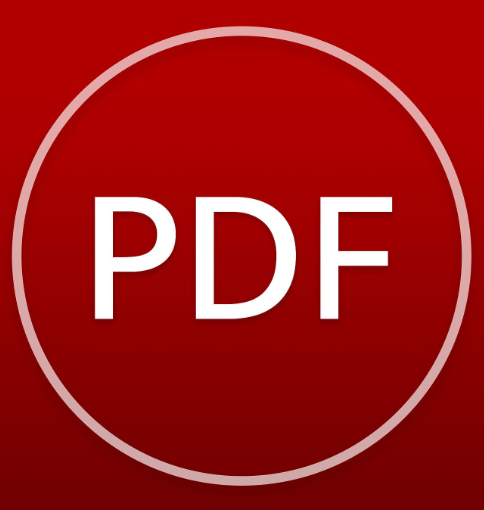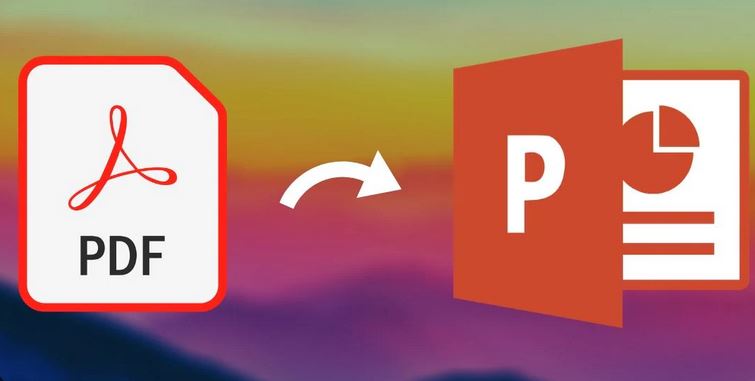The Art of Creating PDF Software: From Concept to Reality
The world of digital documents has undergone a remarkable transformation over the years, and PDF (Portable Document Format) software stands at the forefront of this evolution. PDFs have become an indispensable tool for sharing and preserving documents. But have you ever wondered how PDF software is created? In this article, we will delve into the fascinating process of designing and developing PDF software, shedding light on the intricate steps involved.
Conceptualization and Planning
The journey of creating PDF software begins with a concept. This concept arises from the need to address specific document-related challenges or innovate in the digital document space. Once the concept is crystallized, a comprehensive plan is drawn up. This plan outlines the software’s core features, target audience, and potential competitors. Furthermore, it defines the project’s scope, objectives, and budget constraints.

Creating PDF Software
Design and User Interface
With a solid plan in place, the next phase involves designing the user interface (UI) of the PDF software. The UI design is critical in ensuring user-friendliness and ease of navigation. Transitioning from concept to design involves wireframing, prototyping, and creating a visual mockup of the software. Transitioning from concept to design involves wireframing, prototyping, and creating a visual mockup of the software. Moreover, careful attention is paid to typography, color schemes, and layout to enhance the overall user experience.
Development and Coding
After the design phase, it’s time to bring the PDF software to life through coding and development. Skilled developers use programming languages like Java, C++, or Python to create the software’s core functionality. They also integrate features such as document encryption, text extraction, and annotation tools. Additionally, cross-platform compatibility is a crucial consideration to ensure the software can run seamlessly on various devices and operating systems.
Quality Assurance and Testing
Once the software is coded, it undergoes rigorous quality assurance and testing. Transitioning from development to testing is a pivotal step in identifying and rectifying any bugs, glitches, or performance issues. Testers assess the software’s functionality, security, and compatibility across different platforms. The testing phase ensures that the final product meets the highest standards of reliability and performance.
Documentation and User Guides
With a functional PDF software ready, developers create comprehensive documentation and user guides. These documents provide users with essential information on how to use the software effectively. Transitioning from testing to documentation is crucial for ensuring that users can make the most of the software’s features. It also includes troubleshooting guides and frequently asked questions (FAQs) to assist users in case they encounter any issues.
Distribution and Marketing
Now that the PDF software is complete, it’s time to transition from development to distribution and marketing. Developers devise a distribution strategy that may include direct sales, partnerships, or online marketplaces. Marketing efforts are launched to create awareness and generate interest in the software. These strategies can include social media campaigns, email marketing, and targeted advertisements to reach the intended audience effectively.
User Feedback and Updates
The journey of creating PDF software does not end with its release. Developers actively seek user feedback and suggestions to improve the software further. This iterative process involves transitioning from marketing to user engagement, as developers collect insights and data to enhance the software’s functionality. Regular updates and patches are released to address user-reported issues and introduce new features.
Conclusion
Creating PDF software is a multifaceted process that involves meticulous planning, design, development, testing, and marketing. The end result is a powerful tool that simplifies document management and sharing for millions of users worldwide. Understanding the journey from concept to reality helps us appreciate the complexities involved in developing these essential digital tools.






